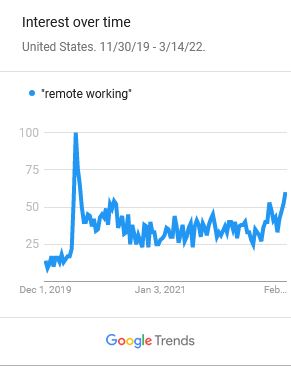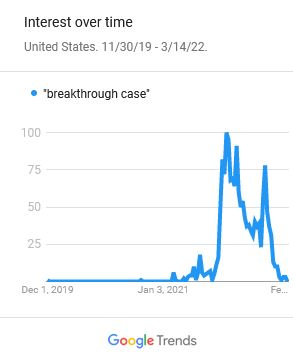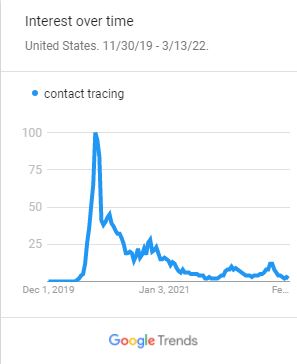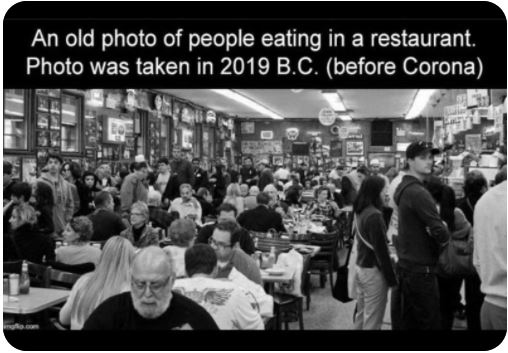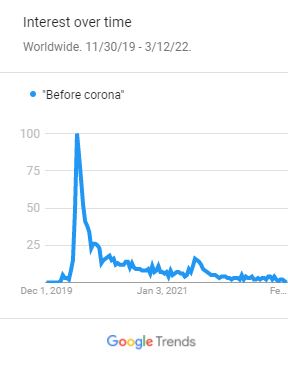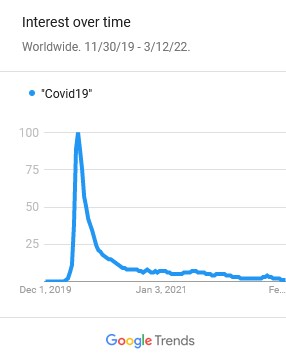The title of this post is the opening line to Donna Ashworth’s poem that she published on February 26, 2021. She hails from Scotland and is a famous author and poet.
This poem echoed how many of us felt during the height of the pandemic when many countries were under lockdown and people were restricted to working from home and only being allowed out to buy groceries and attend medical appointments. The poem went viral and appeared in memes, though sadly the meme did not credit the author.
You’re not imagining it, nobody seems to want to talk right now.
Messages are brief and replies late.
Talk of catch ups on zoom are perpetually put on hold.
Group chats are no longer pinging all night long.
It’s not you.
It’s everyone.
We are spent.
We have nothing left to say.
We are tired of saying ‘I miss you’ and ‘I cant wait for this to end’.
So we mostly say nothing, put our heads down and get through each day.
You’re not imagining it.
This is a state of being like no other we have ever known because we are all going through it together but so very far apart.
Hang in there my friend.
When the mood strikes, send out all those messages and don’t feel you have to apologise for being quiet.
This is hard.
Social Media Trends as of April 29, 2022
Facebook #yourenotimaginingit: people are posting about this
Instagram #yourenotimaginingit: 39 posts
Sources:
“You’re Not Imagining It.” Donna Ashworth. February 26, 2021. URL: https://donnaashworth.com/2021/02/26/youre-not-imagining-it/.

